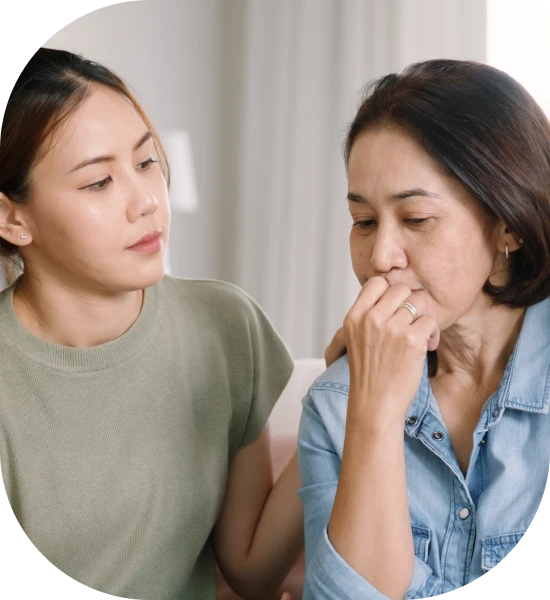Chronic bloating. Lower back pain. Fatigue that lingers even after rest. These are symptoms […]

This article focuses on ovarian cystectomy.
An ovarian cystectomy is a surgical procedure for the removal of one or more cysts from one or both ovaries. This is done under general anaesthesia by:
In rare cases, a cystectomy may be technically difficult (e.g. very stuck to the ovarian tissue) and an oophorectomy (removal of ovary) may be required for proper treatment. Ovarian cysts may also recur in the future, requiring repeat surgery.
The risks of an ovarian cystectomy may include:
The alternative of surgery for an ovarian cyst include observation and regular ultrasound scans to monitor for changes in the cyst – this may not be suitable for all types of cysts and you should speak to your gynaecologist about your options.
Chronic bloating. Lower back pain. Fatigue that lingers even after rest. These are symptoms […]
Many women live with Polycystic Ovary Syndrome (PCOS) without realising fact from fiction. This […]
Within the realm of women’s health, the terms “fibroids” and “cysts” are often mentioned […]





Aster Gynaecology © | All Rights Reserved.